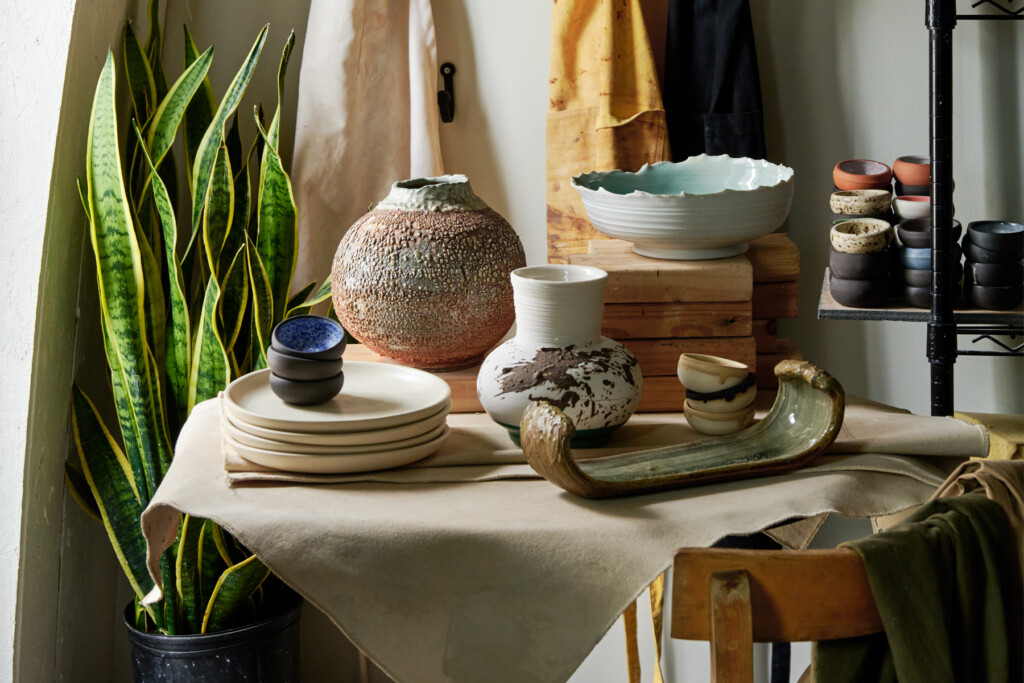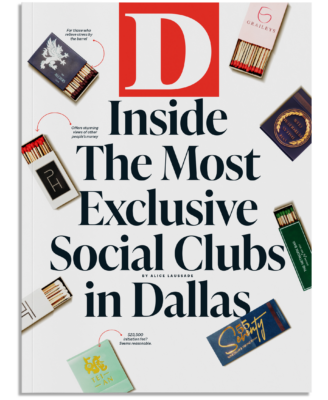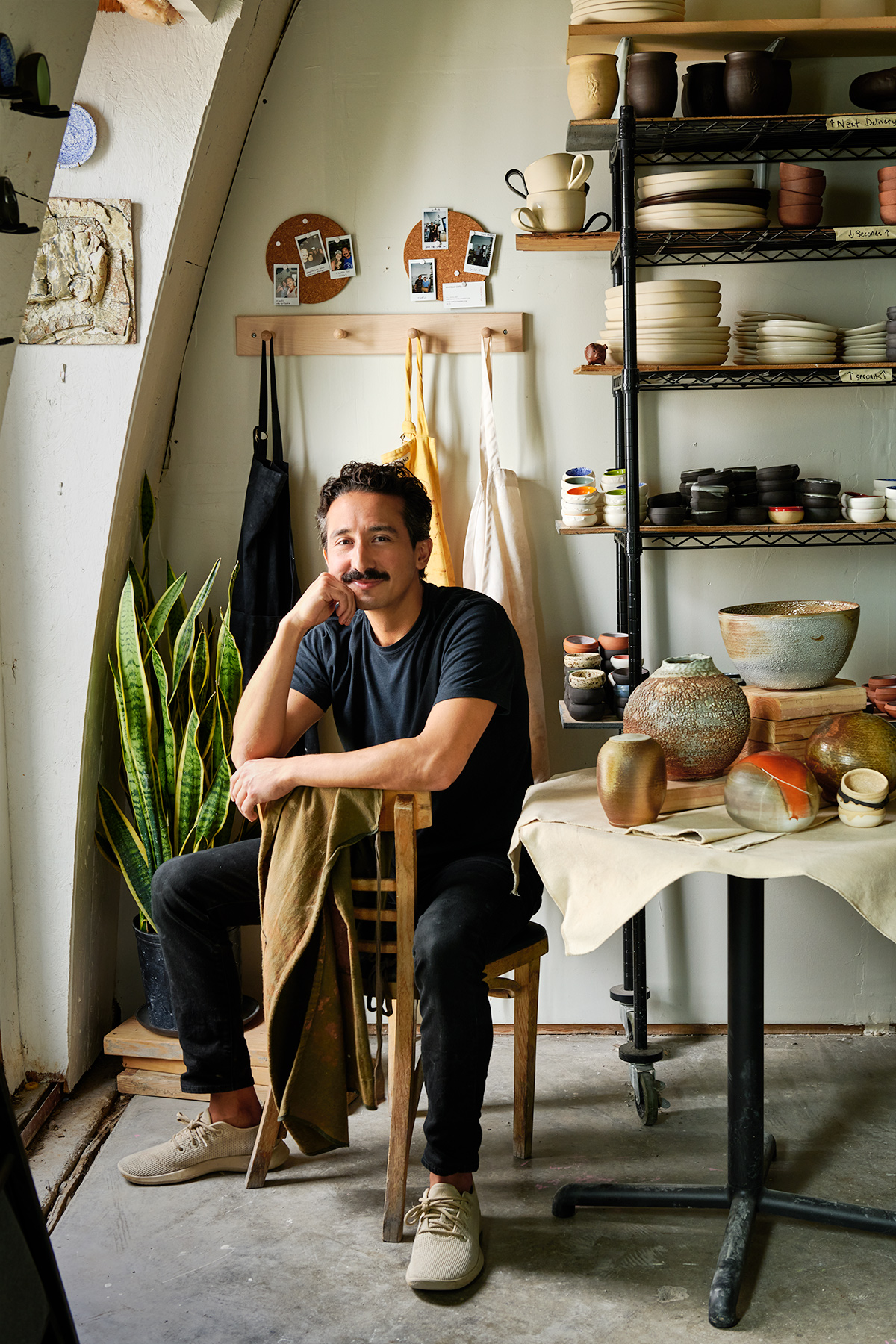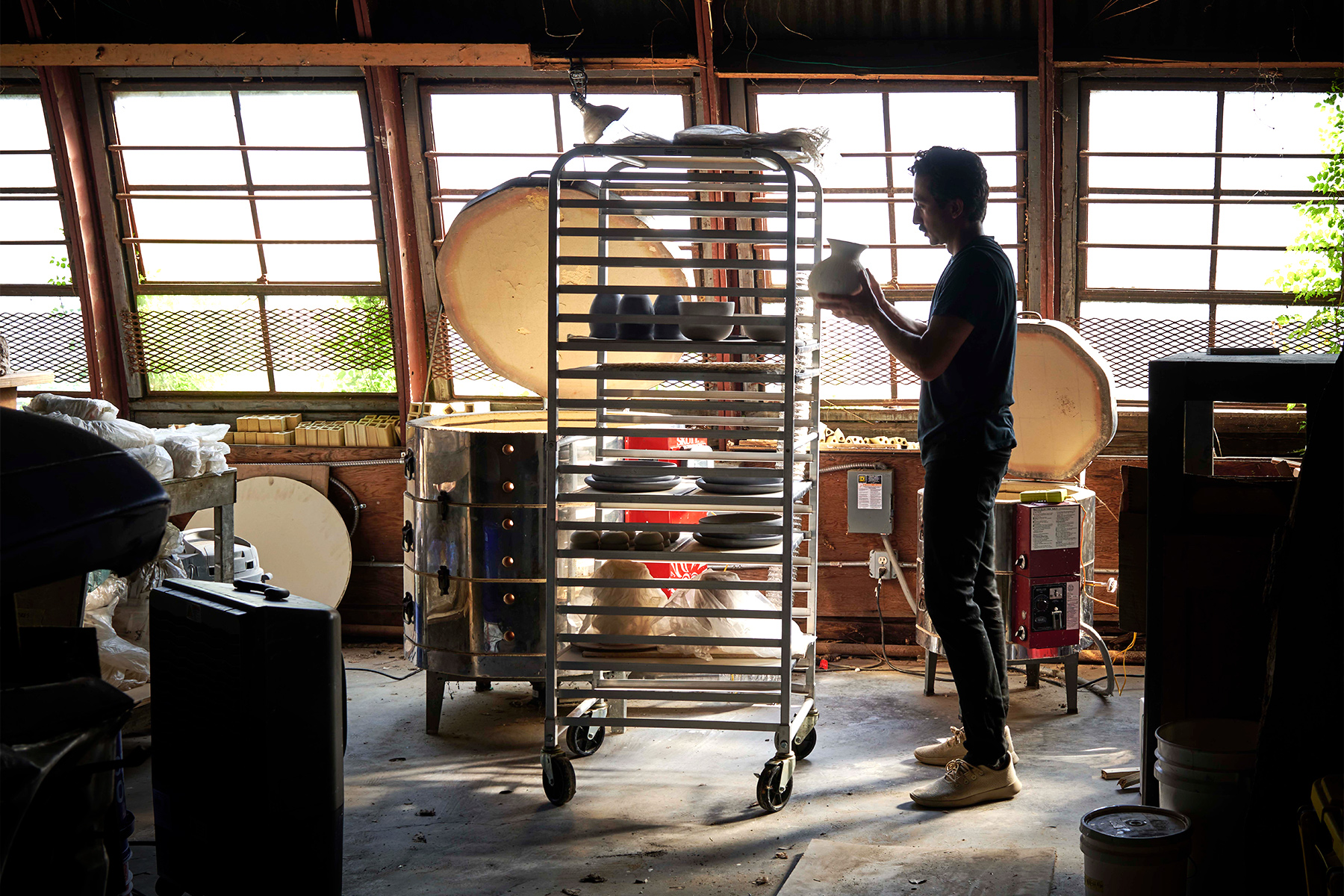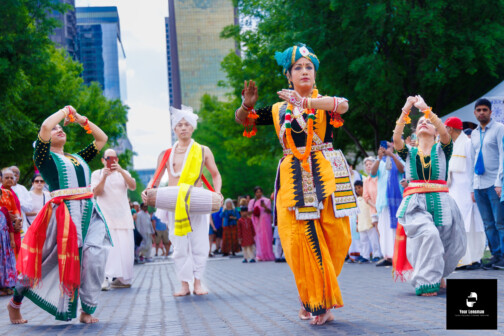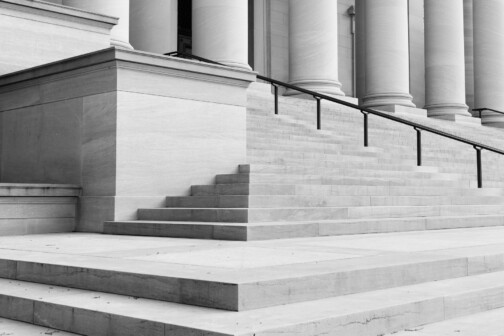“There’s this element to the functional work that’s about how I grew up connecting with my family around the dinner table and food and that whole thing,” Marcello Andres Ortega says of his ceramics. “And then there’s this other aspect of the work, which is about the process and the material. Those pieces are more sculptural.” The child of Chilean immigrants first got his hands in the clay as a student at St. Mark’s. Now he’s making dinnerware for the top tables in town and sculptures inspired by the waves he surfs in Mexico. In between, he had a successful corporate finance career.
The Quonset hut in the Cedars that houses Marcello Andres Ortega’s ceramic studio was once used for the construction of Neiman Marcus floor displays. One of the store’s white script signs still hangs inside the rusting structure. The whole place has a bit of a Mad Max greenhouse vibe, with wild vines growing through the glass awning windows and up the galvanized steel walls.
Just inside the door, Ortega shows off his shiny new kiln, yet to be installed and named, although he’s leaning toward Big Girl. (His others are R2-D2 and Big Boy.) He hasn’t fired her yet, but he soon will. He’s already had to cut off orders because the kilns are at capacity.
Still as lithe as the soccer player he was as a kid but now sporting a Selleck-worthy ’stache, Ortega threads his way between a vintage pickup truck and roof-high planks of untreated wood that property owner Mark Martinek—the developer who saved and restored the historic Blue House nearby—is turning into a table. Ortega’s enclosed space, toward the back, is compact yet sunny and bright. In his old studio, in Mesquite, he used to have to work right next to the kilns, which were unbearably hot. Here, he’s got more room to maneuver.
Ortega took two years of ceramics as a student at St. Mark’s, but he never thought he’d do it as a career. His dad, a Chilean immigrant with an engineering degree, worked in AutoCAD designing conveyor belts for airports. His mom started cleaning houses and then worked in restaurants before getting a job with a clothing company, eventually retiring as a buyer. So when Ortega got to SMU, he prioritized financial security, studying economics and finance.
“The food is the art, so my style is minimalist.”
His last semester there, he took a ceramics course to fulfill a requirement. The end-of-year project was a special wood-firing at a kiln near Cedar Creek Lake. “It’s the oldest way you can fire-work,” Ortega says. “It’s how people originally fired ceramics. You literally combust wood, and the ashes from the wood—and specifically the bark—fly onto the wares, decorating them.” He was hooked. But first he would finish his degree and work in corporate finance for several years before making the leap to an artist-in-residency program with curator Lesli Marshall.
He honed his craft as a studio tech for the acclaimed ceramics program at Dallas College’s Brookhaven campus, where he was in good company with professors Adam Knoche, a well-respected Texas ceramicist, and Du Chau, an internationally reknowned porcelain artist. (Like Ortega, Chau, a pathologist, is another left-brain, right-brain kind of guy.)
One of Ortega’s first commissions was for Ruins in Deep Ellum, designing copitas, small mezcal cups with raw clay outsides and bright citrus-colored glazed insides. Then his friend Greg Katz decided to place an order for 900 custom tableware pieces for his new restaurant. “I was paying attention to every little detail in Beverley’s,” Katz says, “and the plateware was really important to me. I wanted to do ceramic plates, and then I was like, ‘Well, shit. If I can use Marcello, a local person, that’s even better.’ ”
Ortega moved his studio into the Quonset hut the following year, in the summer of 2020, during the George Floyd protests. “Long story short, I show up to a police checkpoint during that week with a moving van,” he says. “I mean, things were tense. They’re all gripping their weapons. I’m like, ‘I’ve got art gear—please let me through.’ ”
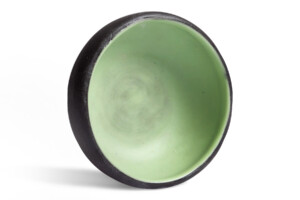
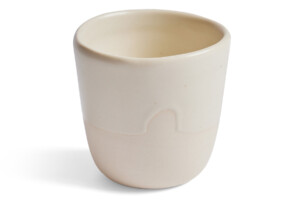


Last year, he released his own line of black tableware called Texas Night, which turned out to be an unexpected tribute to Tex, his Jack Russell of 17 years, who passed away not long after. This past spring, he launched a consumer-facing website featuring his plateware and copitas as well as one-of-a-kind woodfired vases and sculptures inspired by the waves he surfs in Mexico.
He continues to work with chefs and restaurateurs, crafting coffee mugs for Meridian, copitas for La Mina at The Village, and plates for The French Room and Misti Norris’ relaunch of Petra and the Beast. His candle vessels will be in Commerce Goods + Supply, the gift shop at The Adolphus, in October. In addition to designing barware for La Viuda Negra, he’s also trying his hand on a decorative sculptural wall piece for owner Javier Villalva, as well as light fixtures for a bar in Austin.
Chef Olivia Lopez from Molino Oloyo has been testing his experimental plates for her tasting dinners. “Of course I picked up the ones with the weirdest, oddest shapes, not like any plates you can imagine,” she says. “One almost looked like a piece of wood. One looks like the edges are broken.” She uses his copitas to serve ice cream, salsas, and palate cleansers.
Ortega is working with his landlord, Martinek, to finish out an unoccupied space next to his studio to create a pop-up retail shop-cum-espresso bar that he expects to open this month. In the meantime, he invites me to attend a collaboration he has undertaken with Gabe Sanchez at Midnight Rambler for the bar’s artists-in-residence cocktail series. For the Filthy 2.0 martini, Ortega’s copitas hold olives and lacto-fermented onions. For the Double Down daiquiri, he has created a vessel that hints at the cracked half-shell of a coconut. He says it is meant to be held with two hands. Roughly textured with a glazed interior lip, it stays surprisingly cool to the touch.
“The philosophy with the aesthetic of my work is that food is the art, so my style is minimalist,” Ortega had told me back in his studio. But as I sit in the depths of the underground bar, cradling my cool daiquiri on a hot summer night, it is clear the vessel is transformative, altering both the experience of the cocktail and the very act of drinking it.
But for the pony beer sidecar, it sure feels like art.
This story originally appeared in the September issue of D Magazine with the headline, “Time to Kiln.” Write to [email protected].
Author



